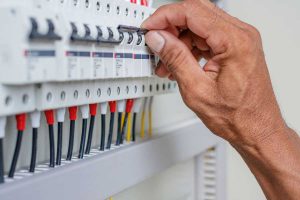A vending machine is
Step 1
Load the vending machine. Prior to operation, a vending machine must be stocked with the products it will dispense to consumers. These products are often supplied by the vending machine supplier, who buys them wholesale and then sells the product at a retail price. Vending machines typically have specialized keys that a small business owner can use to access the inside. Fill each display with the product and make sure the products do not become inter-tangled with the vending machines.
Step 2
Test the vending machine. To ensure the machine is properly loaded and ready to dispense, select one or several products and use both coin and paper money to pay for the items. Vending machines measure coins and read paper money. Each machine differs slightly, but in general, it identifies each coin with an electromagnetic field which measures thickness and diameter. Dollar bills are scanned with a laser, which transmits to a small computer that deciphers each denomination. It then calculates a balance and allows the consumer to make a choice of product. When the consumer chooses, electronic signals are relayed to a motor through an electronic console board which turns the spiral dispenser of the selected product. The machine then deducts from the balance the amount of the purchase.
Step 3
Collect the money. Vending machine providers generally do not allow a small business owner access to the money collection vault and reserve access to approved vending machine mechanics. These individuals visit on a weekly, biweekly or monthly basis. The vending machine mechanic inspects the inside and outside of the machine for damage and regular maintenance. He then opens the money collection area and reconciles the money with the transaction log. Once accounted, the mechanic splits the proceeds from the sales with the business owner.






